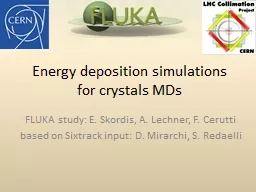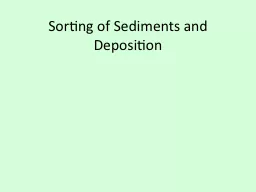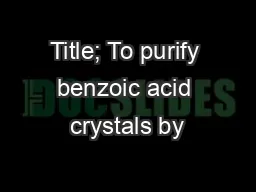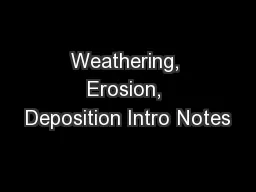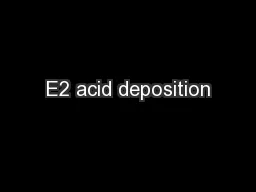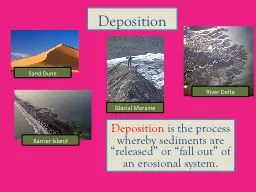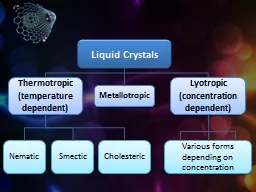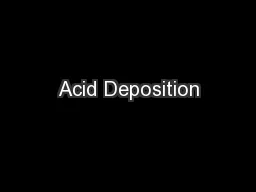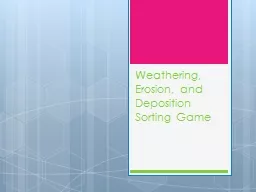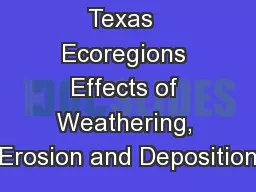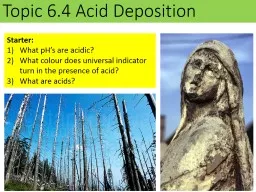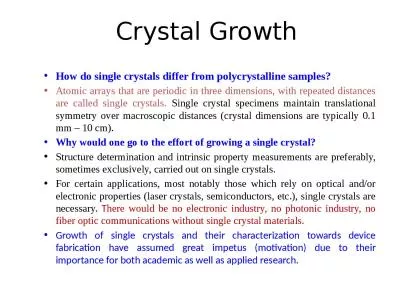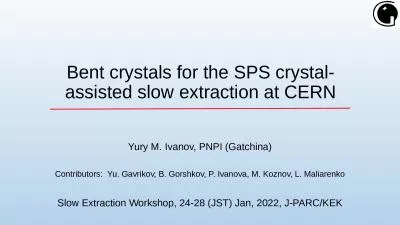PPT-Energy deposition simulations for crystals
Author : olivia-moreira | Published Date : 2016-03-04
MDs FLUKA study E Skordis A Lechner F Cerutti based on Sixtrack input D Mirarchi S Redaelli Introduction MQ7 Cell 8 MQ8 MQ9 MQ10 MQ11 MQ13 MQ12 MQ14 Cell 9 Cell
Presentation Embed Code
Download Presentation
Download Presentation The PPT/PDF document "Energy deposition simulations for crysta..." is the property of its rightful owner. Permission is granted to download and print the materials on this website for personal, non-commercial use only, and to display it on your personal computer provided you do not modify the materials and that you retain all copyright notices contained in the materials. By downloading content from our website, you accept the terms of this agreement.
Energy deposition simulations for crystals: Transcript
Download Rules Of Document
"Energy deposition simulations for crystals"The content belongs to its owner. You may download and print it for personal use, without modification, and keep all copyright notices. By downloading, you agree to these terms.
Related Documents

